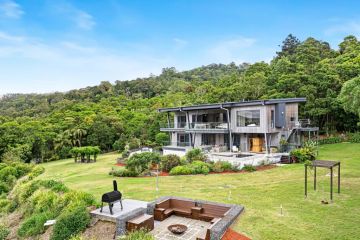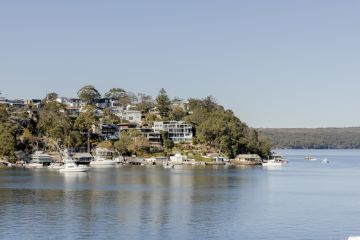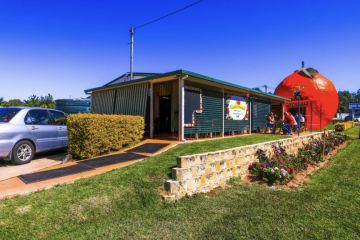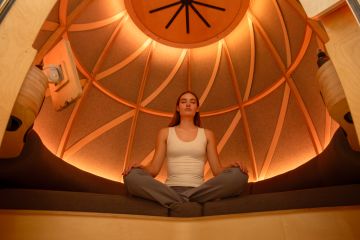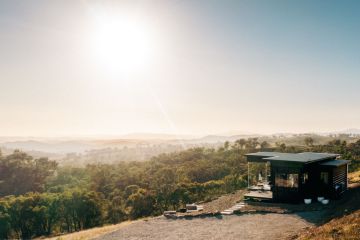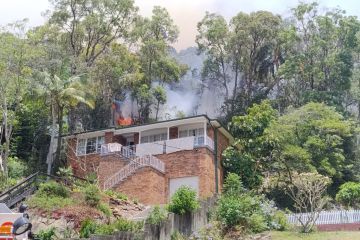Building for the future of independent schools
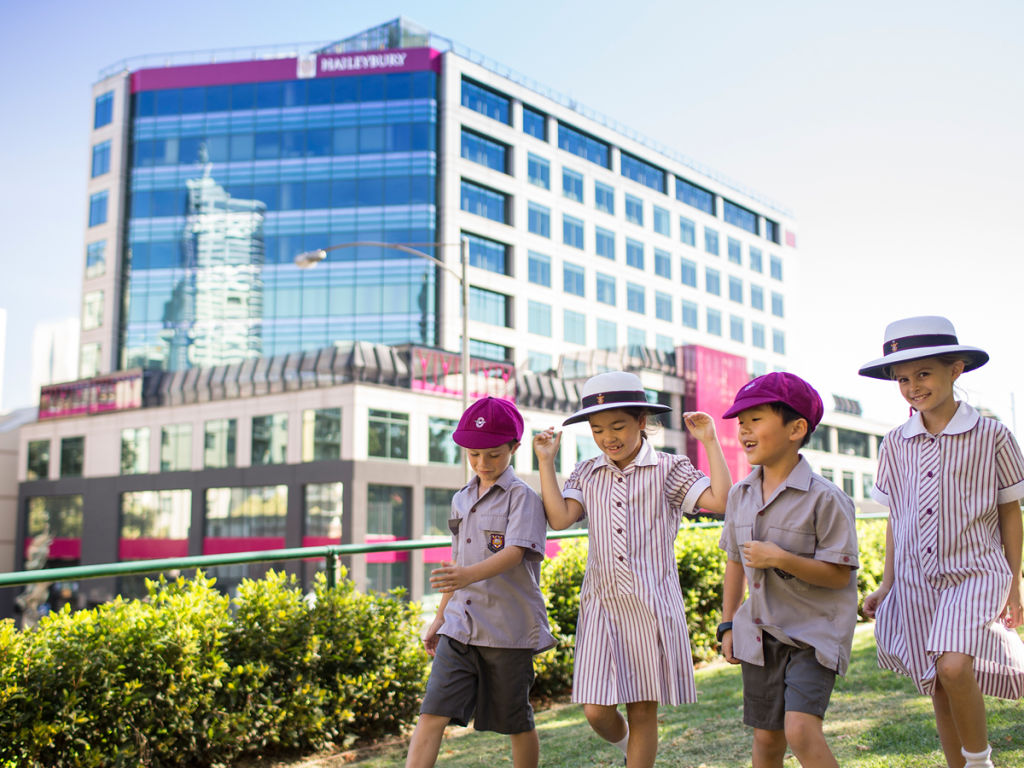
In education, there’s undoubtedly a lot of planning that happens both inside and outside of the classroom. Readying students for the future in primary and secondary school years and at university is at the forefront of educators and educational institutions. Then there’s the planning for the future of the schools themselves.
With the advancement of technology happening at an exponential rate, and Melbourne’s population growth estimated to almost double in the next 30 years, there’s a lot of change planned for “traditional” school campuses.
The Australian Bureau of Statistics estimates that by 2050 Melbourne will be home to eight million people – many of those of school age, and living closer to the CBD.
With a finite amount of land available for schools, a new type of thinking is being adopted about how to cater for this growing population.

Independent school Haileybury has recognised the need for this innovation, opening Melbourne’s first vertical (high rise) school in April last year.
Haileybury’s City Campus in King Street, opposite Flagstaff Gardens, is the school’s fifth campus, with others in Keysborough, Brighton, Berwick and overseas in China. But unlike those campuses, there are no grounds with a school oval.
It’s a 10-storey school, about 13,000 square metres in size, a former office building that will soon cater for 800 students from ELC to year 12.
Haileybury Principal Derek Scott says the changing demographics of Melbourne, as well as the growing need for schools, were two of the many reasons the school chose to set up its City Campus.
“We know there are a lot more families living closer to the city in suburbs like the Docklands, Kensington, West Melbourne and North Melbourne. We knew there was a need for a school in the area.
“The building was set up really well for a school – previously it was a call centre for the NAB for about 20 years so it had everything we needed in terms of rooms and technology connectivity,” Derek says.
The school looked at similar schools in China, Singapore, the UK and the US where many multistorey campuses exist for the same reasons Melbourne is now facing.
Haileybury’s might be the first vertical school, but there are others planned (by the Victorian government) in South Melbourne, Prahran and Richmond to make best use of the space available and offer a new type of learning experience.
Though the idea has been embraced by parents and students, some experts have raised concerns about vertical schools lacking proper facilities for students to exercise and play sport.
Derek says Haileybury has a recreational area on level 2 of the building, including a running track, and other facilities available for student recreation on the roof level.
The city campus is also well connected to Melbourne’s cultural, educational, historical and sporting precincts and facilities.
As well as a connection to inner-city Melbourne, Haileybury’s City Campus also connects to the outside world via technology, with video conferencing available – so teachers are able to meet and even teach without being physically present in the room.
Derek says ELC students moved into the city campus earlier last year. Years Prep to Year 9 will move in this year, with senior years expected to be in the campus by 2019.
Though it’s been open for less than a year, Haileybury’s City campus is already proving a popular place – not only with the young students who are attending.
“Parents have been really positive about the city campus – they’ve really embraced it,” Derek says.
We recommend
We thought you might like
States
Capital Cities
Capital Cities - Rentals
Popular Areas
Allhomes
More
- © 2025, CoStar Group Inc.
